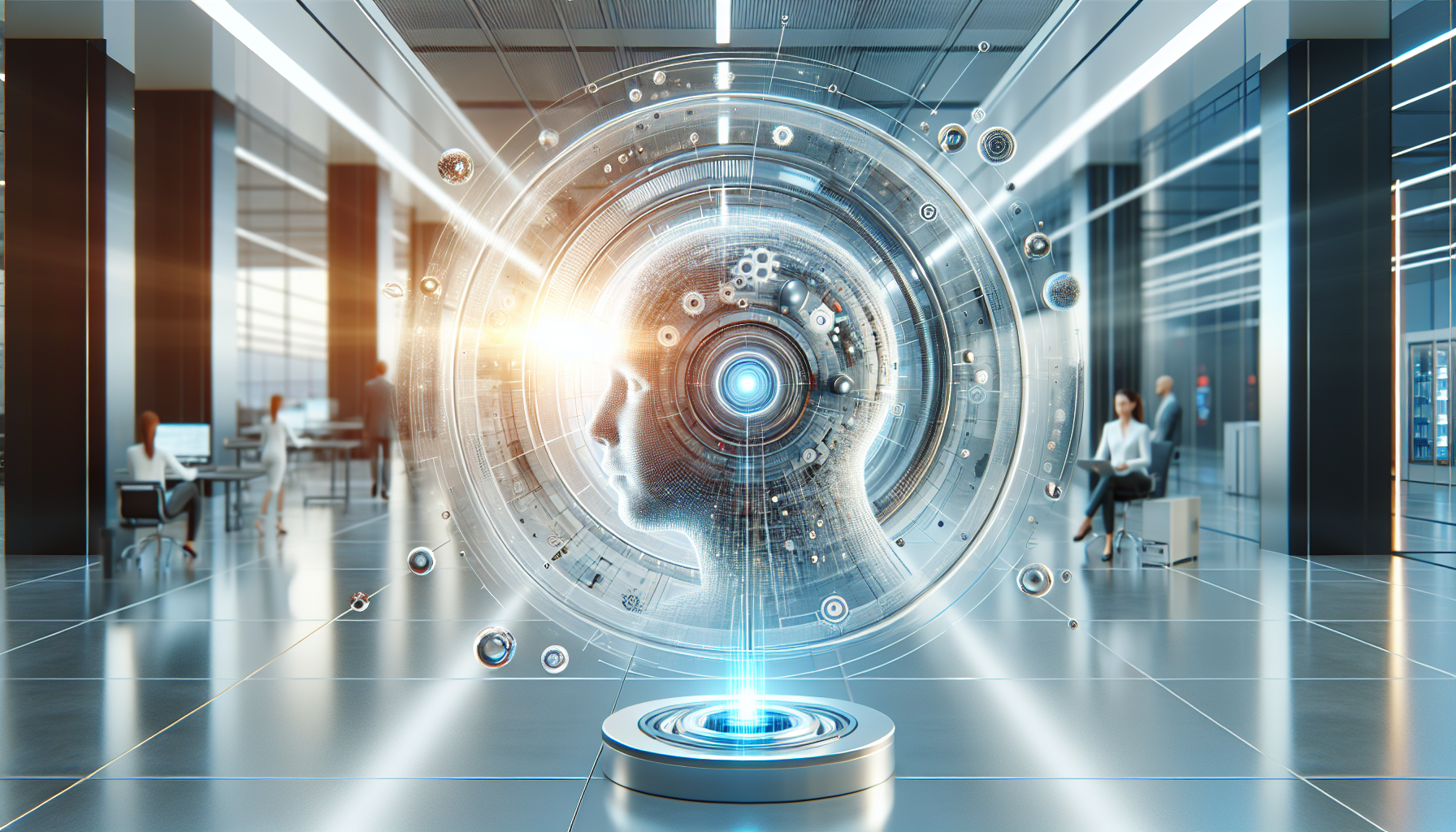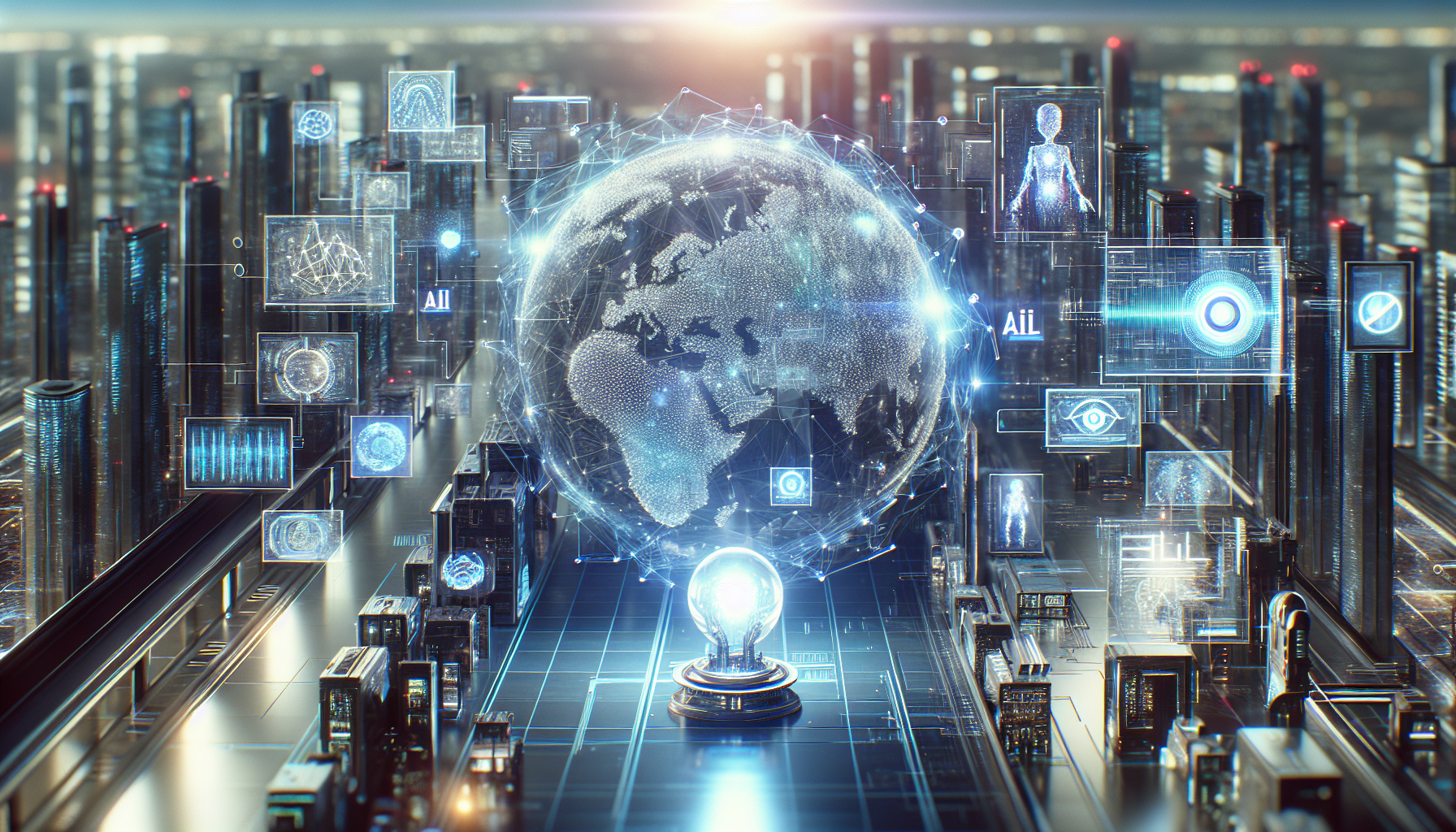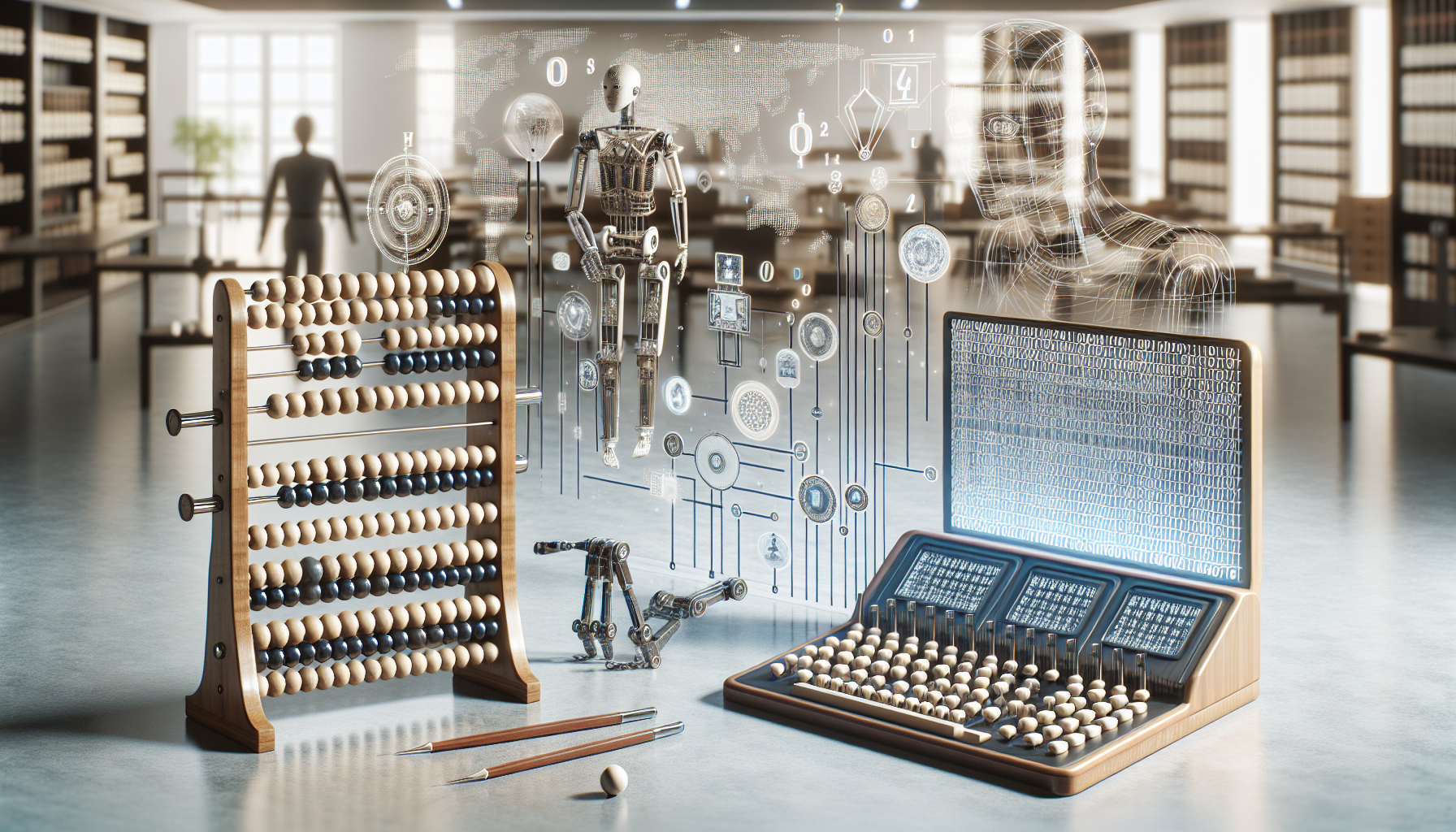
Cognitive Computing: Debunking Myths to Unveil AI's Next Frontier
August 4, 2025
Cognitive computing often conjures images of futuristic machines possessing human-like intelligence. While many perceive it as science fiction, this advanced branch of artificial intelligence (AI) is steadily transforming into a tangible reality. However, misconceptions abound, clouding its potential and sparking undue apprehension. By dissecting these myths, we can better understand cognitive computing's role in reshaping industries and enhancing human capabilities.
At the core of cognitive computing lies the ambition to simulate human thought processes in a computerized model. Unlike traditional AI systems, which follow explicit instructions to solve specific problems, cognitive computing systems aim to understand, reason, and learn autonomously. This distinction is crucial, yet it is often overlooked. Many still believe that cognitive computing is simply an extension of existing AI technology, rather than a paradigm shift that could redefine how we interact with machines.
One prevalent myth is that cognitive computing systems require massive amounts of data to function effectively. While data is undeniably critical, these systems are designed to operate on the principles of learning and adaptation. They can work with incomplete and ambiguous information, much like a human would. This capability allows them to draw inferences, recognize patterns, and even predict future trends without needing exhaustive datasets. This adaptability positions cognitive computing as a powerful tool for industries where data is often imperfect or scarce.
Another misconception is that cognitive computing systems are infallible or omnipotent. This myth likely stems from the portrayal of AI in media as all-knowing entities. In reality, cognitive systems are not immune to errors or biases, particularly those inherent in their training data. Understanding this limitation is vital for developers and users alike, as it underscores the importance of continuous monitoring and refining these systems to ensure accuracy and fairness. By acknowledging their imperfections, we can harness cognitive computing's strengths while mitigating potential risks.
A third myth suggests that cognitive computing is destined to replace human jobs. While automation has indeed displaced certain roles, cognitive computing is more often a complementary technology. It excels in handling complex tasks that involve vast amounts of data or require real-time analysis, thus freeing humans to focus on areas where empathy, creativity, and nuanced judgment are paramount. For instance, in healthcare, cognitive systems can analyze medical records at an unprecedented scale, enabling doctors to craft more personalized treatment plans. In this light, cognitive computing appears not as a threat but as an enabler of human potential.
Furthermore, some fear that cognitive computing may lead to machines that surpass human intelligence. This notion, often referred to as the "singularity," is more speculative than scientific. Cognitive computing, as it stands, does not aim to replicate the full scope of human consciousness or emotional intelligence. Instead, it seeks to augment human decision-making and problem-solving capabilities. The focus remains on enhancing human-machine collaboration rather than creating autonomous entities that could rival human intellect.
With these myths dispelled, it becomes evident that cognitive computing holds immense promise for various sectors. In finance, it can streamline processes such as fraud detection and risk assessment. In logistics, it optimizes supply chain management by predicting demand fluctuations. These applications highlight cognitive computing's potential to revolutionize how businesses operate, driving efficiency and innovation.
As we advance, a critical challenge lies in ensuring that cognitive computing systems are developed and deployed ethically. This involves addressing concerns around data privacy, algorithmic bias, and transparency. By fostering an environment where ethical considerations guide technological advancement, we can leverage cognitive computing to benefit society as a whole.
In contemplating cognitive computing's future, one must consider how its evolution will reshape our relationship with technology. Will we view these systems purely as tools, or will they become integral collaborators in our daily endeavors? As cognitive computing continues to mature, the dialogue between technology and humanity will inevitably deepen, prompting us to redefine the boundaries of possibility.
This journey through cognitive computing's myths and realities invites further exploration into how these systems can be harnessed responsibly. It challenges us to envision a future where human intellect and machine capability are harmoniously intertwined, driving progress beyond current limitations. As we navigate this frontier, the question remains: How will we shape the symbiotic relationship between human and machine intelligence in the years to come?


